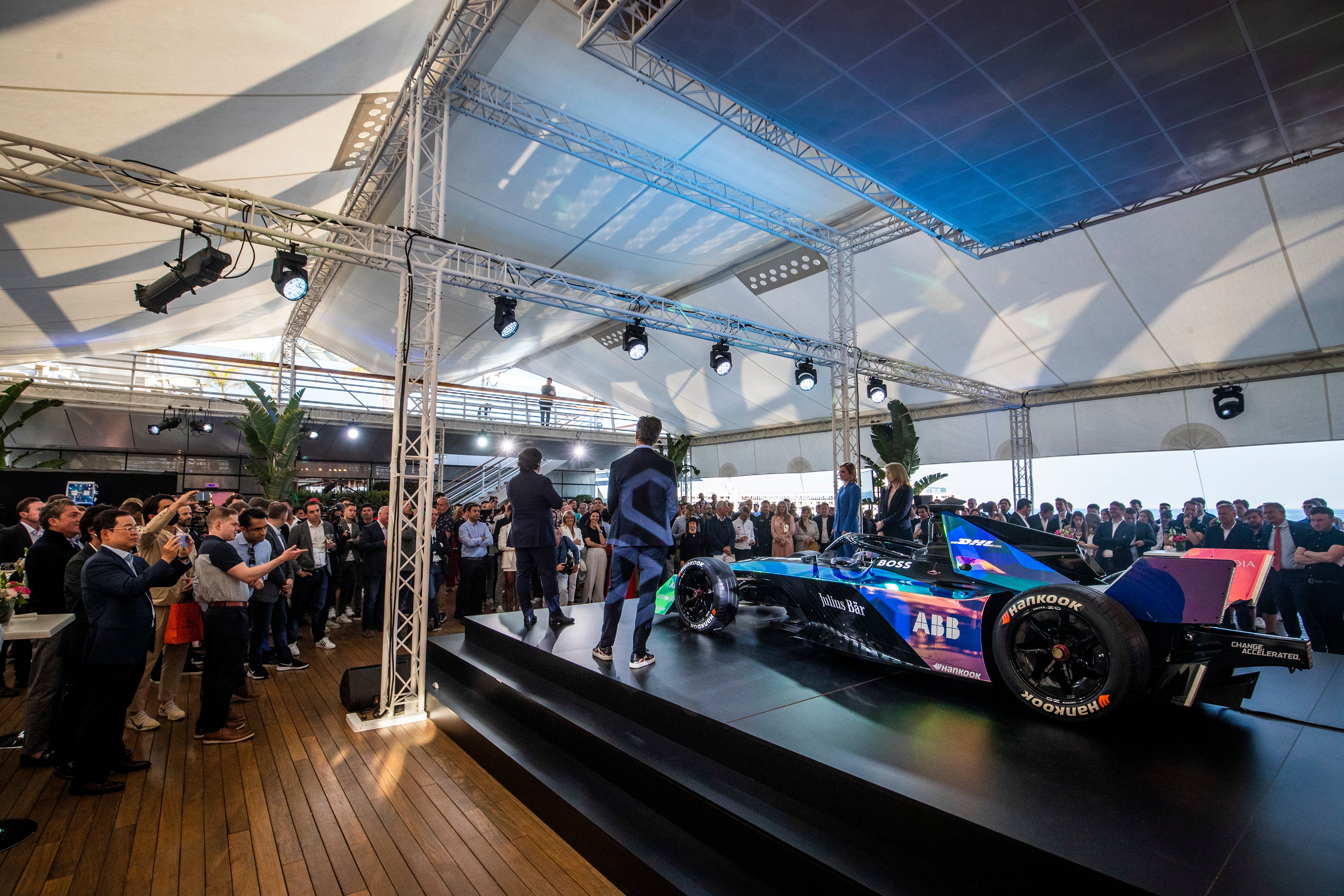
Motorsport racing will be quickly back on the scene in 2023 and the first notable championship to get up and running will be Formula E, back for a ninth season after a big upgrade.
This year will see a new batch of cars on the grid, with the Gen3 vehicles being lighter and faster as well as far more capable of regenerating their own power, highlighting the technological improvements in electric vehicles.
What is seen on the track in FE is usually a precursor to what will be available on the roads in years to come, with manufacturers able to test out their latest hardware and software in a real-world, competitive environment.
Alongside the sporting drive comes Formula E’s renewed push to highlight the importance of sustainability and electric mobility within built-up cities, helping to lower pollution levels, reduce waste and prove the effectiveness of EVs.
Here’s everything you need to know ahead of the start of the new season.
When does Season 9 start and finish?
The new season of Formula E runs from mid-January through to the end of July, with a record 16 rounds of racing taking place across 11 cities around the world.
Season 9 begins in Mexico City on 14 January 2023, with the finale coming in London on 30 July 2023.
When and where is pre-season testing?
Ahead of the real action, teams and drivers will get the opportunity to check out the newest generation of cars - the Gen3 series - with pre-season testing in Valencia, Spain.
This runs from Tuesday 13 December through to Friday 16 December 2022, with six separate test sessions taking place across those days.
- Test Session 1 - 13 Dec, 8am-11am
- TS2 - 13 Dec, 1pm-4pm
- TS3 - 14 Dec, 8am-11:30am
- TS4 - 14 Dec, 2pm-4pm
- TS5 - 16 Dec, 8am-11am
- TS6 - 16 Dec, 1pm-4pm
What are the rule changes in 2023?
The most notable change is that there will be a set number of laps for each track, rather than a timed race this year. Where Safety Cars and other interruptions are needed, additional laps will be utilised.
Formula E also comes in line with other championships by offering opportunities to rookies this year, as a minimum of two Free Practice sessions across the season must be given to drivers with no prior experience of the series.
There will also be races later in the season which pilot the ‘pit stop’ effect - which will use the most advanced EV battery in the world to deliver an energy boost in a mandatory 30-second stop to recharge. Cars’ output power will be increased after this.
The ‘fanboost’ feature from previous seasons has been removed from Formula E.
Which teams and drivers are taking part this year?
There are 11 teams and 22 drivers in total (plus reserves), with some significant changes this year - including the return of Maserati to single-seater racing for the first time in 60 years and the departure of former FE champion Nyck de Vries, who has signed with F1 side AlphaTauri.
ABT Cupra - Robin Frijns and Nico Mueller
Avalanche Andretti - Jake Dennis and Andre Lotterer
DS Penske - Jean-Eric Vergne and Stoffel Vandoorne
Envision Racing - Nick Cassidy and Sebastien Buemi
Jaguar TCS - Mitch Evans and Sam Bird
Mahindra Racing - Oliver Rowland and Lucas Di Grassi
Maserati MSG - Edoardo Mortara and Maximilian Gunther
Neom McLaren - Jake Hughes and Rene Rast
NIO 333 - Dan Ticktum and Sergio Sette Camara
Nissan - Sacha Fenestraz and Norman Nato
Tag Heuer Porsche - Pascal Wehrlein and Antonio Felix Da Costa

Full race weekend list and Formula E schedule
Pre-season: Valencia (Spain) 13-16 December 2022
Round 1: Mexico City (Mexico) 14 January 2023
R2: Diriyah (Saudi Arabia) 27 January
R3: Diriyah (Saudi Arabia) 28 January
R4: Hyderabad (India) 11 February
R5: Cape Town (South Africa) 25 February
R6: Sao Paulo (Brazil) 25 March
R7: Berlin (Germany) 22 April
R8: Berlin (Germany) 23 April
R9: Monaco (Monaco) 6 May
R10: Jakarta (Indonesia) 3 June
R11: Jakarta (Indonesia) 4 June
R12: Portland (USA) 24 June
R13: Rome (Italy) 15 July
R14: Rome (Italy) 16 July
R15: London (UK) 29 July
R16: London (UK) 30 July







